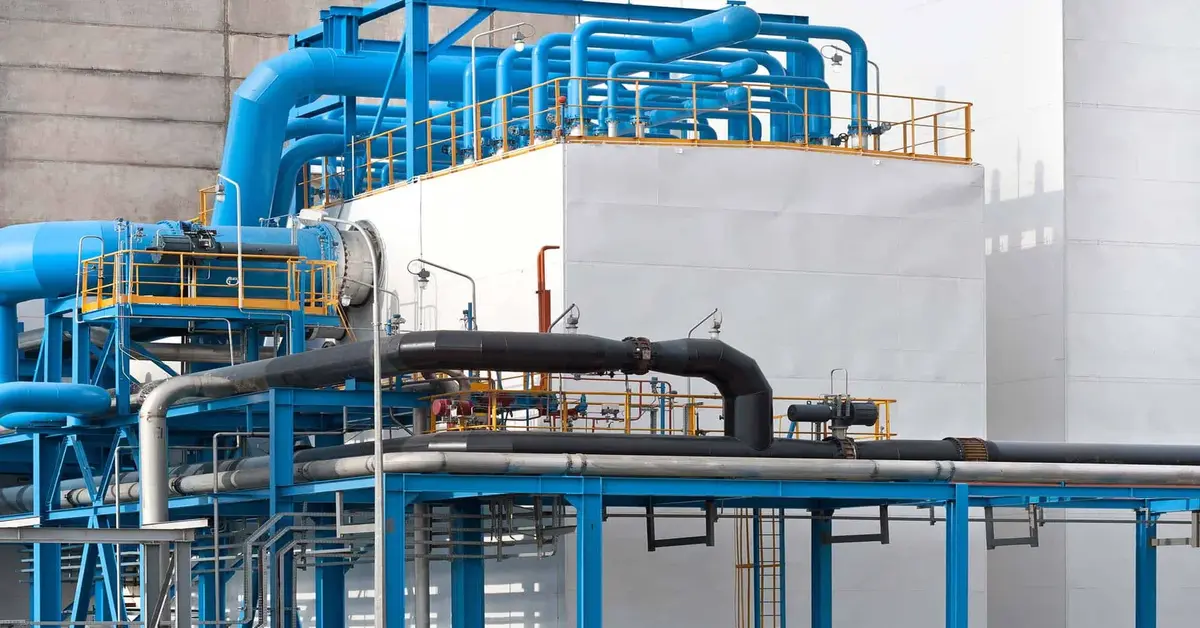This approach is often employed in diverse sectors, from food packaging to oil refineries. It gives a versatile answer for inerting, purging, and blanketing gases. This article makes a speciality of the significance and applications of this technique in current industries.
Significance of Purging
Nitrogen purging involves the displacement of oxygen or other gases with nitrogen in a closed environment to create non-reactive surroundings. It facilitates lessening or removing the presence of oxygen, which can purpose oxidation, combustion, or spoilage.
Enhancing Safety in Chemical Plants
Safety is paramount in chemical manufacturing plants, where volatile substances and processes are commonplace. Purging finds extensive use in ensuring the safety of such environments. Displacement of oxygen and creating an inert atmosphere mitigate the risk of fire or explosion associated with reactive chemicals. Tanks, pipelines, and reactors can be safely purged with nitrogen before maintenance or during shutdowns, minimising the potential for accidents.
Preserving Freshness in Food Packaging
The meals industry is predicated closely in this way to maintain the freshness of perishable items. During packaging, nitrogen receives rid of oxygen from the packaging surroundings, slowing the oxidation device and inhibiting microbial growth. This approach allows enlarge the life of snacks, cereals, and beverages even as maintaining their flavour and nutritional content material cloth.
Optimising Welding Processes
In welding programs, oxygen can cause defects in welds, together with porosity and oxidation, compromising structural integrity. Nitrogen purging proves beneficial in welding operations via way of creating oxygen-loose surroundings. Whether in stainless-steel fabrication or aerospace production, purging with nitrogen guarantees clean, exceptional welds.
Preventing Corrosion in Oil and Gas Pipelines
The oil and gasoline enterprise relies upon on vast networks of pipelines to transport hydrocarbons over huge distances. However, the corrosive nature of those substances poses a good sized project to pipeline integrity. Through purging, operators can defend pipelines from corrosion by way of displacing moisture and oxygen, number one catalysts for rust formation. Maintaining dry and inert conditions within pipelines reduces the risk of corrosion-related leaks or failures.
Preserving Medicine in Pharmaceutical
In the pharmaceutical industry, the role of this process extends beyond simple packaging. It has uses in many applications to preserve the purity and potency of medications. This technique is employed during the production and compounding phases to create inert atmospheres that prevent the degradation of sensitive ingredients. By displacing oxygen and moisture-rich air, nitrogen ensures that these critical products are not compromised before they reach patients. Additionally, using nitrogen in sealing processes helps maintain the sterility and integrity of final product packaging. This helps safeguard medications further during storage and transport.
Improving Efficiency in Electronics Manufacturing
Electronics manufacturing demands meticulous attention to detail, particularly when preventing contamination and ensuring product reliability. This process finds widespread application in this sector, which creates controlled atmospheres during soldering and assembly processes. By eliminating oxygen and moisture, such environments minimise the formation of oxides on electronic components, enhancing solderability and overall product performance.
The versatility and efficacy of nitrogen purging make it an indispensable tool across various industrial sectors. Whether safeguarding against chemical plant hazards, preserving food packaging freshness, optimising welding processes, or improving efficiency in electronics manufacturing, its benefits are undeniable. As industries prioritise safety, quality, and efficiency, purging is poised to remain pivotal in driving progress and innovation.
